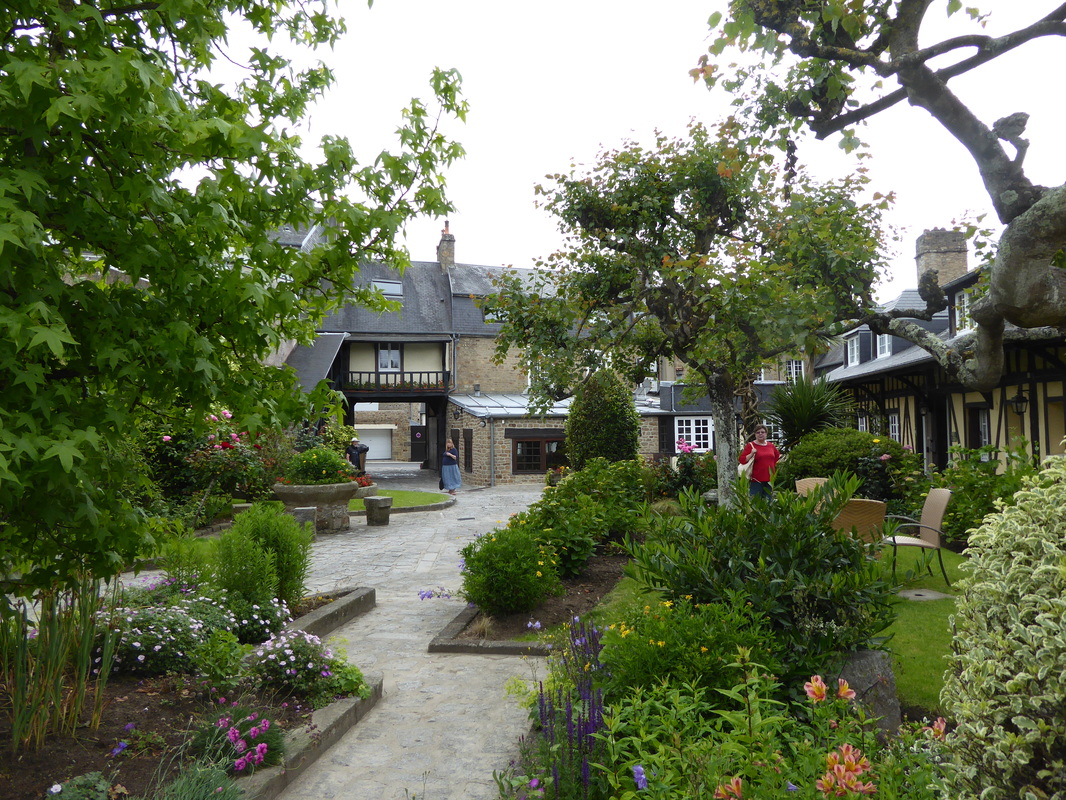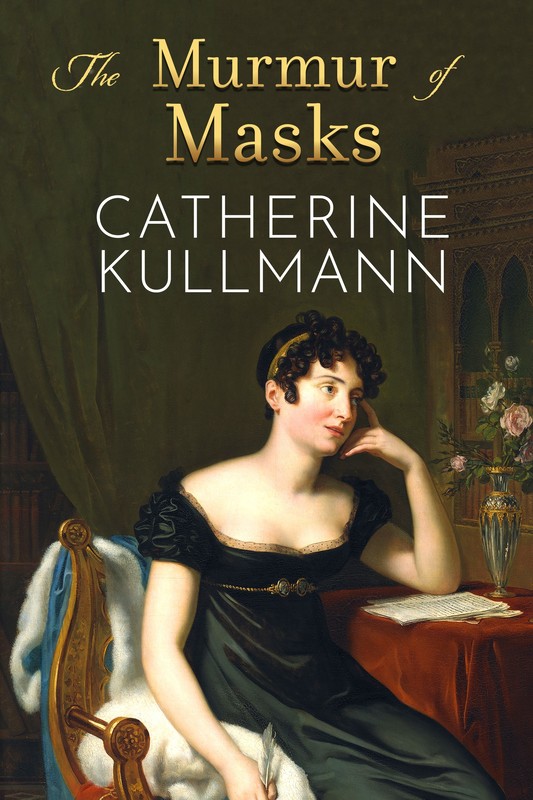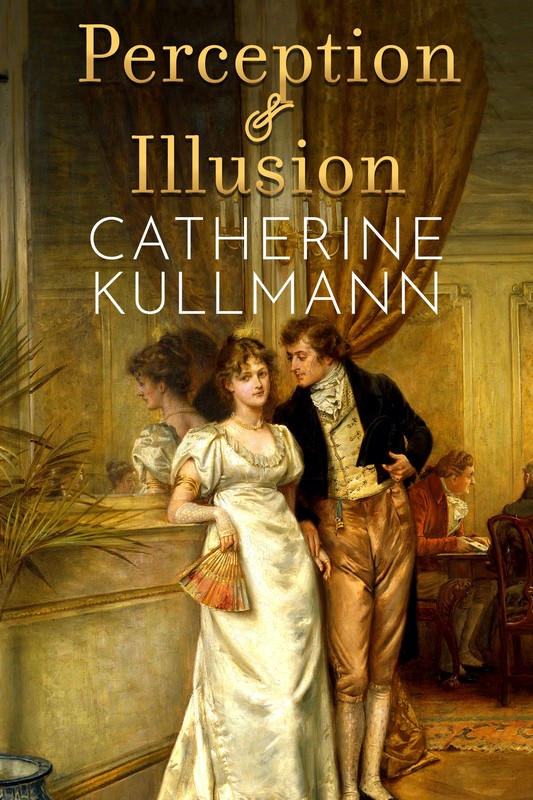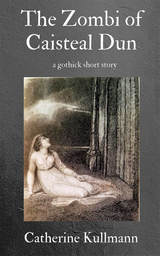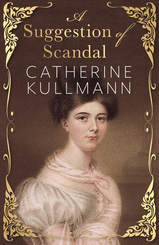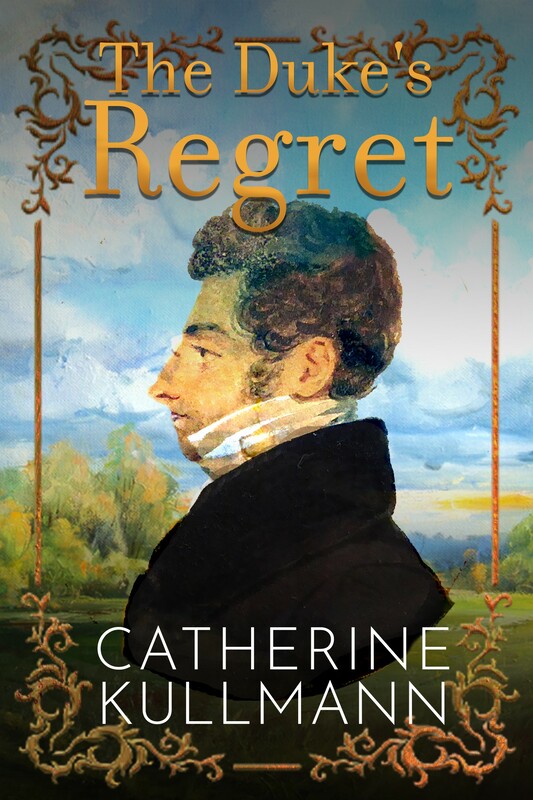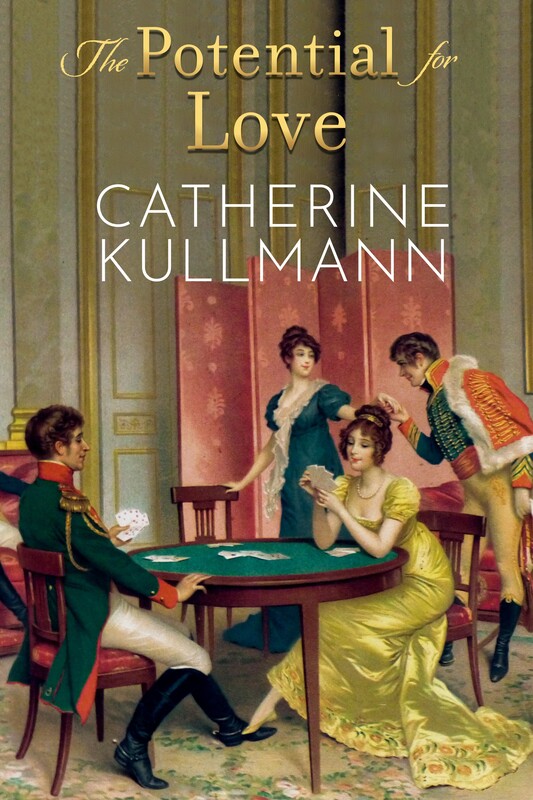I love staying at old inns. There is something cosy about their irregular small rooms, lit by deep-set windows and frequently decorated higgledy-piggledy with an eclectic assortment of furniture, curios and ornaments. They seem to have grown organically if not symmetrically over the centuries, adding on a few rooms below low ceilings supported by heavy beams black with age, or responding in a haphazard way to new-fangled inventions such as electric light or the demand not only for indoor plumbing but also for en suite facilities. Many have risen to the challenge of the internet generation and offer Wi-Fi. It is intriguing to find twenty-first century technology in seventeenth century buildings.
And yet they still harbour the ghosts of former days. This is particularly true of old coaching inns, where stables and coach houses have frequently been converted to bedrooms and charming flower gardens enliven what were once busy coach yards. And every so often, you stumble on something that casts a particular light on how they managed things in the past.
We recently stayed at the Hotel de la Croix d’Or in Avranches, Normandy, a former coaching inn or relais de poste dating from the seventeenth century. To get to our room we had to go down a narrow corridor, out into the yard and up a wooden staircase to a door over the original entrance to the coach yard. Once here, we crossed a small passage to a door that apparently led us into the inn proper as we had to go down a step. Our room overlooked the street and behind it what might have been at some time a corridor leading to other rooms had been converted to a comfortable shower room with a separate wc. Beyond that was a private sitting area. From here we could look down into the garden (above)
And yet they still harbour the ghosts of former days. This is particularly true of old coaching inns, where stables and coach houses have frequently been converted to bedrooms and charming flower gardens enliven what were once busy coach yards. And every so often, you stumble on something that casts a particular light on how they managed things in the past.
We recently stayed at the Hotel de la Croix d’Or in Avranches, Normandy, a former coaching inn or relais de poste dating from the seventeenth century. To get to our room we had to go down a narrow corridor, out into the yard and up a wooden staircase to a door over the original entrance to the coach yard. Once here, we crossed a small passage to a door that apparently led us into the inn proper as we had to go down a step. Our room overlooked the street and behind it what might have been at some time a corridor leading to other rooms had been converted to a comfortable shower room with a separate wc. Beyond that was a private sitting area. From here we could look down into the garden (above)
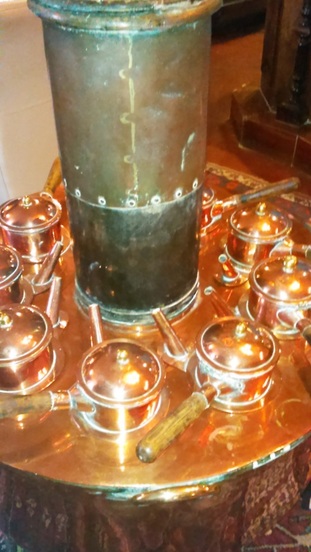
In the hotel reception area I was fascinated by two large copper constructions, holding smaller saucepans. They were bains-marie. Said to have ben develped by an alchemist known as Maria the Jewess, these ‘hot-water baths’ were later adopted by cooks as a convenient way of keeping things warm or cooking them slowly without overheating them. The two at the Croix d’Or date from 1870. The smaller, with four saucepans was used previously to keep sauces warm, while the larger, with ten saucepans, (left) was used for coffee. What an ingenious way of coping with the breakfast rush or a sudden influx of travellers all looking for coffee in the few minutes it took to change horses.
